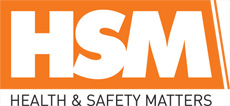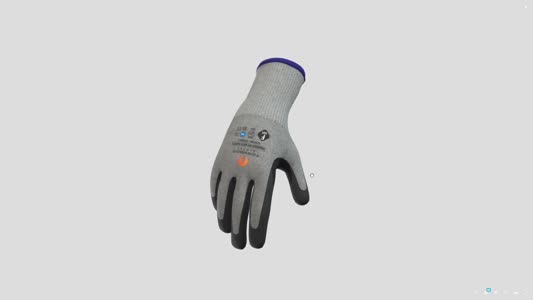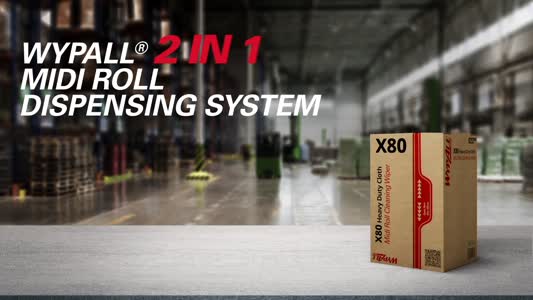
 |
Mark Sennett
Managing Editor |
 |
Kelly Rose
Editor |
| Home> | Health & Wellbeing | >General Health & Wellbeing | >Powering up health and safety |
Powering up health and safety
19 March 2015
Occupational health and safety are core considerations for the electricity generation, transmission and distribution supply industries. Terry Woolmer, head of Health and Safety Policy at EEF, the manufacturers' organisation, examines the issues of public safety and the workforce that maintains and operates the networks.
The priority risks for the electricity supply industry include working with electricity, working at height and driving, occupational health as well as public safety issues involving both members of the public (electro-magnetic fields) and third-party contractors.
SAFELEC 2010 was a 10 year initiative launched in 1999 which looked at the activities of the electricity supply sector in conjunction with trade unions, contractors and the Health & Safety Executive (HSE). In order to meet Government targets they set out the HSE documents ‘Revitalising Health & Safety’ and ‘Securing Health Together’. SAFELEC reduced the number of working days lost per 100,000 workers through work-related injury and ill health by 30% and cut the rate of fatal and major injury accidents by 10%.
Following SAFELEC the electricity supply sector launched a further five year health and safety strategy called ‘Powering Improvement’ which concentrated on the following themes:
- 2010 – Leadership
- 2011 - Occupational health/wellbeing
- 2012 - Asset management/ maintenance
- 2013 - Behavioural safety/personal responsibility
- 2014 - Beyond 2015 – Next steps.
- 2015 – Working with Contractors
- 2016 – Managing Occupational Ill Health Risks
- 2017 – Asset Management
- 2018 – Human and Organisational Factors
- 2019 – Review of Progress and Develop the next phase of ‘Powering Improvement’.
The focus for 2015, ‘Working with Contractors’ is concentrating on developing open partnership approaches between electricity supply companies and their contractors in order to share best practice, intelligence and lessons learned in managing common risks such as working at height, working with electricity and occupational ill health. This partnership approach also involves the trade unions at its heart.
The idea is that the 2015 focus will lead to openly shared approaches on managing health and safety risks and result in consistent approaches to managing the same H&S risks being shared, promoted and published across the Electricity supply sector.
The Electricity Supply industry, together with unions and HSE, subscribe to the following principles developed through its National Health and Safety Advisory Committee (HESAC). They form a key part of the sectors vision and strategy:
- All workers in our industry have the right to go to work each day and not be injured or made ill by their work
- We recognise the importance of cooperation between all groups that make up the electricity industry: generation, transmission, distribution, contractors, trade unions as well as government, regulators and other workers’ representatives
- We recognise that everyone in our industry has a responsibility to look after their own, and their colleagues’, health and safety
- We recognise the serious consequences of work-related accidents and ill health – both personal, economic and reputational
- A safe, healthy and competent workforce is essential to any business
- We are fully committed to addressing occupational health issues as well as safety ones
- We are committed to sharing best practice regarding health and safety risk management - this includes sharing lessons learned when things go wrong
- We aspire to exceed compliance with health and safety legislation, to strive for continuous health and safety improvement and to provide the leadership and resource to make this happen.
One of the obvious risks associated with the industry is working at height. One example includes climbing of overhead line poles, of which there are approximately 4 million poles in the UK, mainly used to support HV and LV overhead lines.
A large pole can weigh a quarter of a tonne or considerably more with a transformer or other equipment. The main risks are associated with incorrect erection or decay in service. There have been many incidents where linesmen have climbed decayed poles which have then fallen while the linesmen were on the pole. Some have resulted in serious injuries or fatalities, both to linesmen on the poles and others hit by the falling poles.
Direct and contributory causes have included failure to test poles properly before climbing them, climbing poles marked as defective or not changing defective poles.
The ‘Powering Improvement’ initiative on Asset management and maintenance led to a modification of Asset Management procedures so that:
- decayed poles are identified, recorded and removed in a timely manner
- poles are checked first for any notices or signs indicating they have been marked as defective
- poles are tested first using the approved test method
- work on a suspect pole is only carried out if it supported
- access is only gained using the approved hierarchy of access methods for working at height.
- Government urged to step up efforts to tackle sickness absence as survey shows gains close to exhaustion
- EEF joins with HSE and TUC in Safe Maintenance Campaign
- Manufacturers to tell Government: avoid economic limbo and move quickly to secure Britain’s industrial future
- New Head of Health & Safety Policy
- New tool to help monitor health and safety
- Sickness absence rates dropping according to survey
- Survey suggests ‘Fit note'scheme success
- Industry, government, and professional bodies agree ‘Fit Note’ way forward
- New health & safety tool launched
- Dame Judith Hackitt set to lead UK’s manufacturing body
- BSIF: Covid-19 Update
- Dust tight
- SAFEContractor for 5th year
- BSC welcomes proposals to slash legal costs in personal injury claims
- Get some insight
- Asbestos remains number one killer
- Chemical exposure course goes more than skin deep
- Getting workers involved in safety
- Dual drug testing
- On-site health screening























